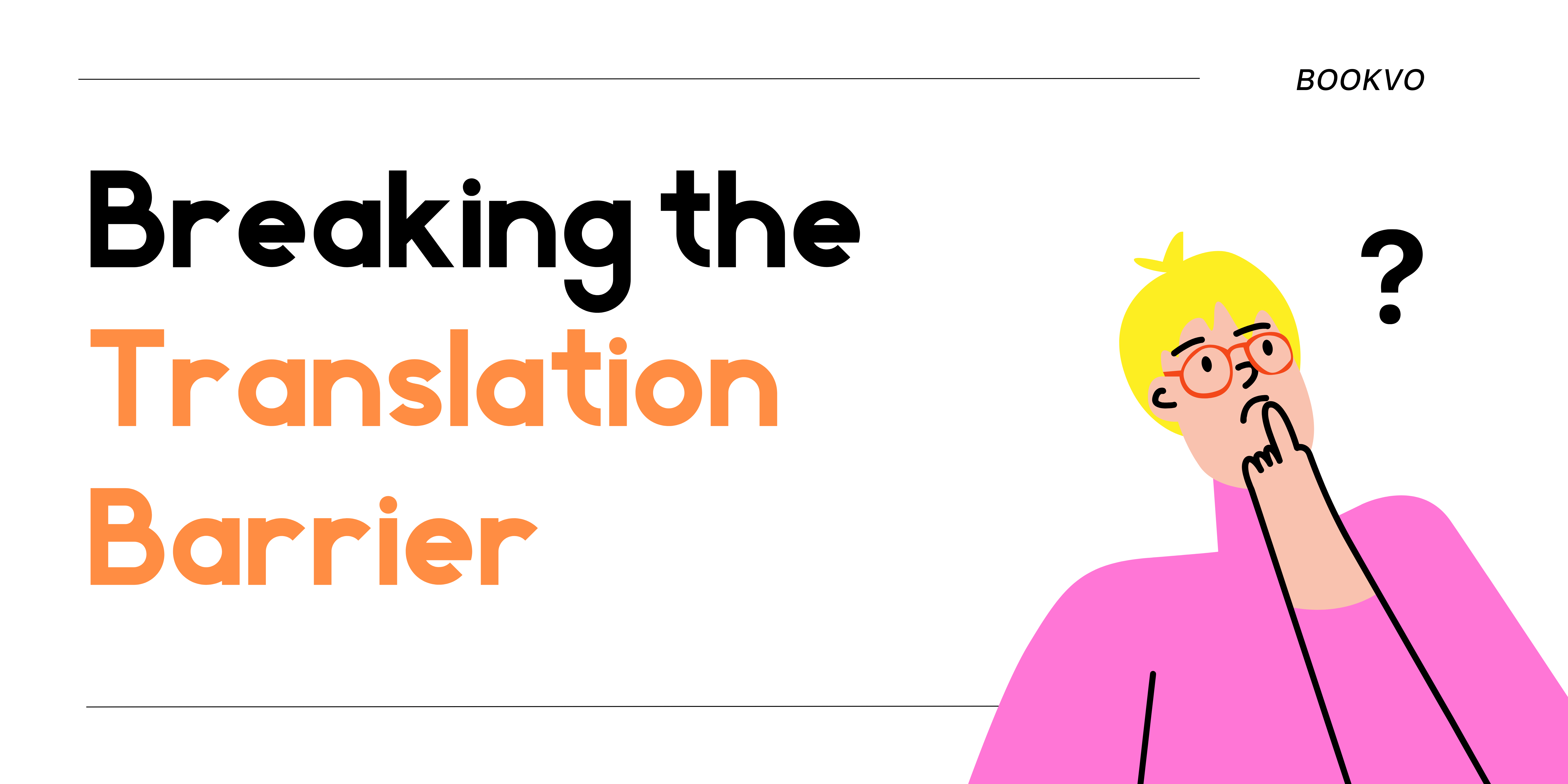When learning a new language like English, one of the biggest challenges is moving from translating in your head to thinking directly in the language. Constant translation slows down communication and can make conversations feel awkward or overwhelming. The good news? With practice, you can train your brain to think in English, making your speech smoother and more natural. Let’s explore some strategies to help you break through the translation barrier.

1. Start with Simple Words and Phrases
Begin by introducing simple English phrases into your daily thoughts. For example, if you usually think, “I need to buy milk,” switch to, “I need milk.” Start small, and don’t worry about making perfect sentences at first.
Tip: Use sticky notes around your home with words like “fridge,” “mirror,” or “door” to remind you to think in English throughout the day.
2. Narrate Your Day in English
Try narrating simple tasks in English as you go through your day. For example, while making coffee, think: "I am boiling water. Now, I’m adding the coffee. It smells great!"
This habit builds your ability to form sentences naturally without pausing to translate.
3. Label Your Emotions in English
Expressing feelings is essential in any language. Start identifying your emotions in English:
- "I feel excited!"
- "I'm frustrated today."
Naming emotions helps you associate thoughts with English words, reducing the need for translation over time.
Read our other articles:
How to Build a Book Review Habit
4. Immerse Yourself in English Media
Surround yourself with English by watching shows, listening to podcasts, or reading books. When exposed to native-level English, your brain absorbs patterns, phrases, and expressions. Challenge yourself to watch without subtitles or listen without checking translations.
Activity: After watching an episode of a TV show, try summarizing it aloud in English.
5. Practice Conversations with Yourself
Talking to yourself may sound strange, but it's an effective way to train your brain to think in English. Practice common conversations like ordering food or introducing yourself. If you stumble, don’t switch to your native language—pause and try to find the right English word.
6. Set Time Limits for Translation
If you tend to rely heavily on translation, try setting a 10-minute window each day when you’re not allowed to translate. During this time, all thoughts and conversations must be in English. As this becomes easier, gradually increase the time.
7. Keep an English Journal
Write a few sentences or paragraphs in English at the end of each day. This practice will help you reflect on your experiences directly in English without relying on translation.
Prompt ideas:
- “What was the best part of my day?”
- “What am I grateful for today?”
8. Be Patient and Celebrate Progress
Learning to think in a new language takes time and persistence. Don’t be too hard on yourself if it feels difficult at first. Celebrate small wins—every time you successfully think or speak in English, you’re one step closer to fluency!
Final Thoughts
Breaking the translation barrier is a gradual process, but with consistent practice, you can shift from translating thoughts to thinking in English naturally. Use these strategies to make English a part of your everyday mental routine. Before long, you’ll notice yourself speaking more smoothly, confidently, and without hesitation!
Download Bookvo Now!










